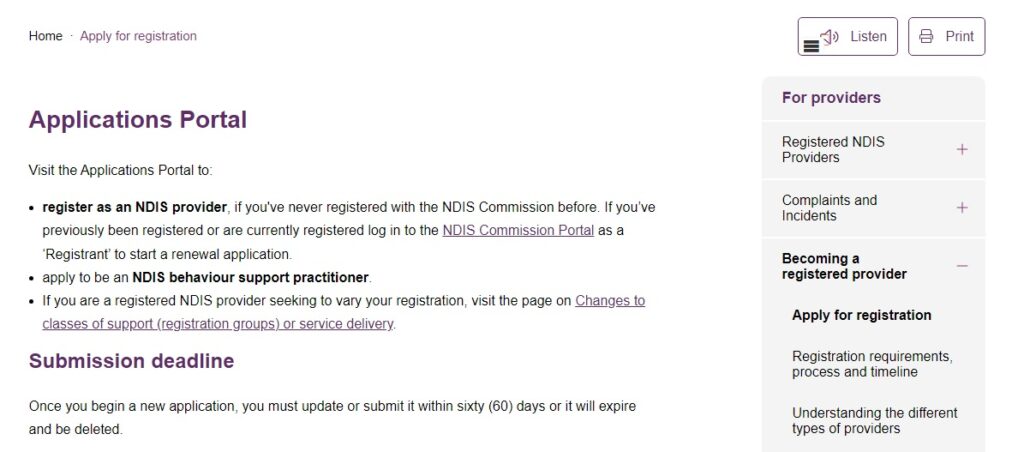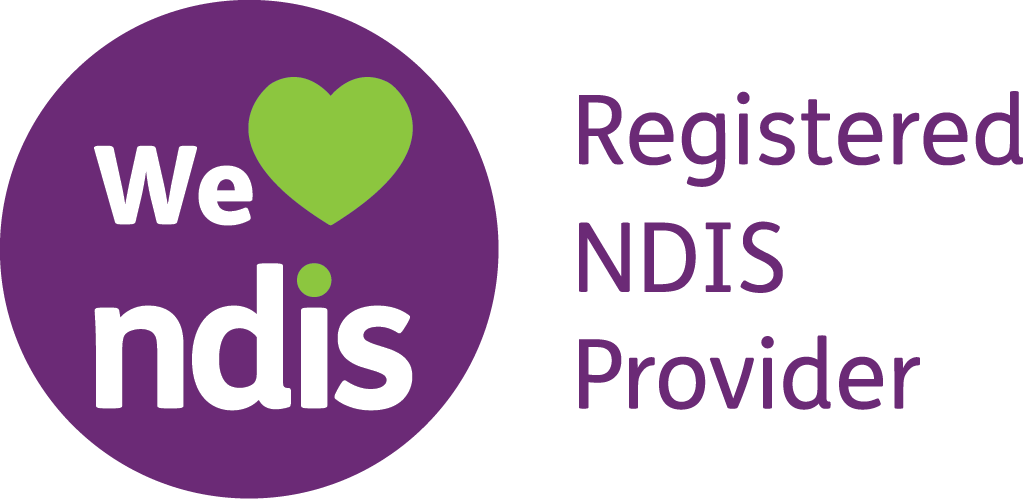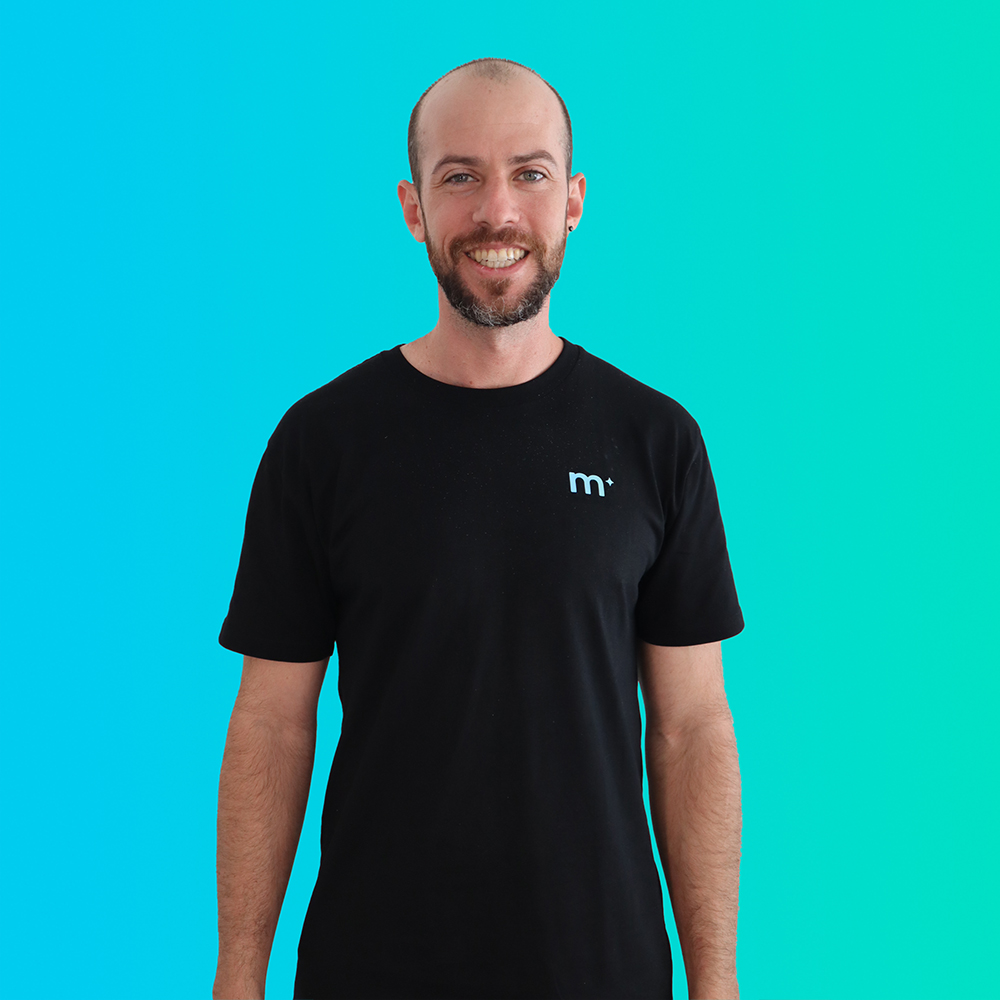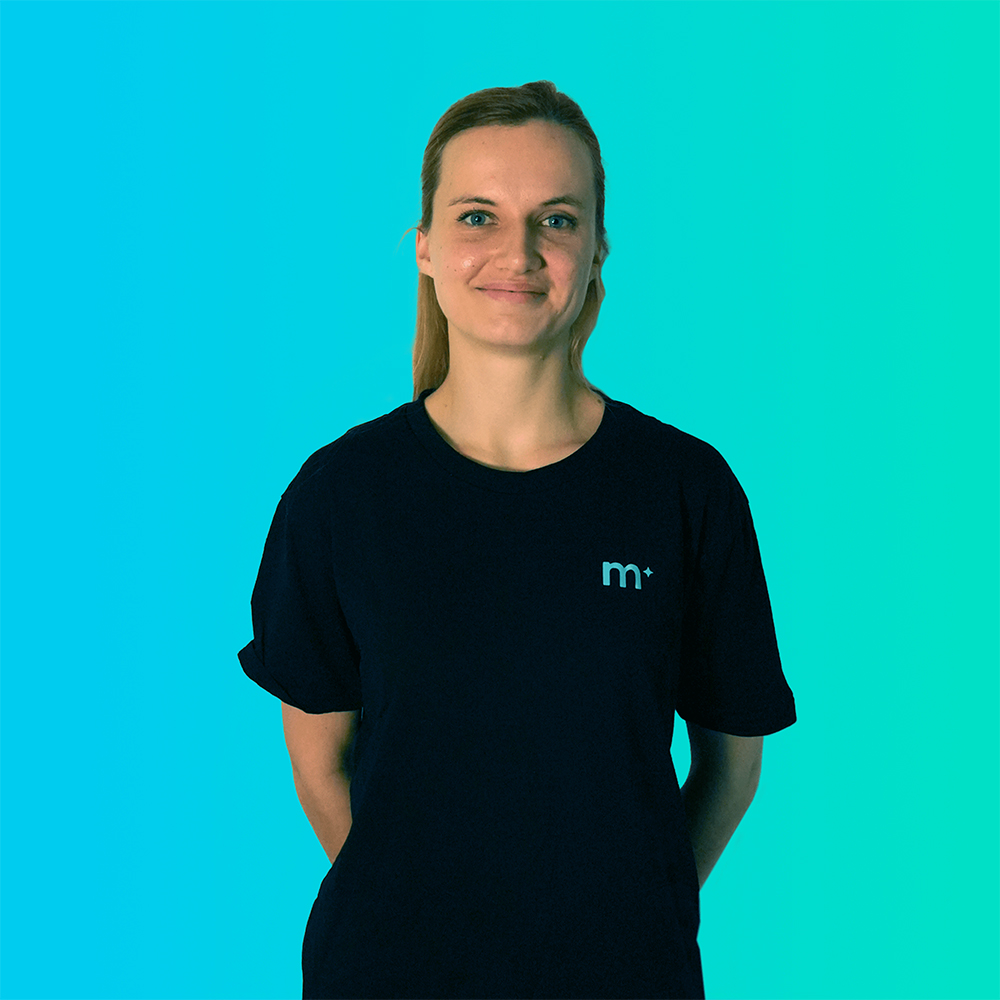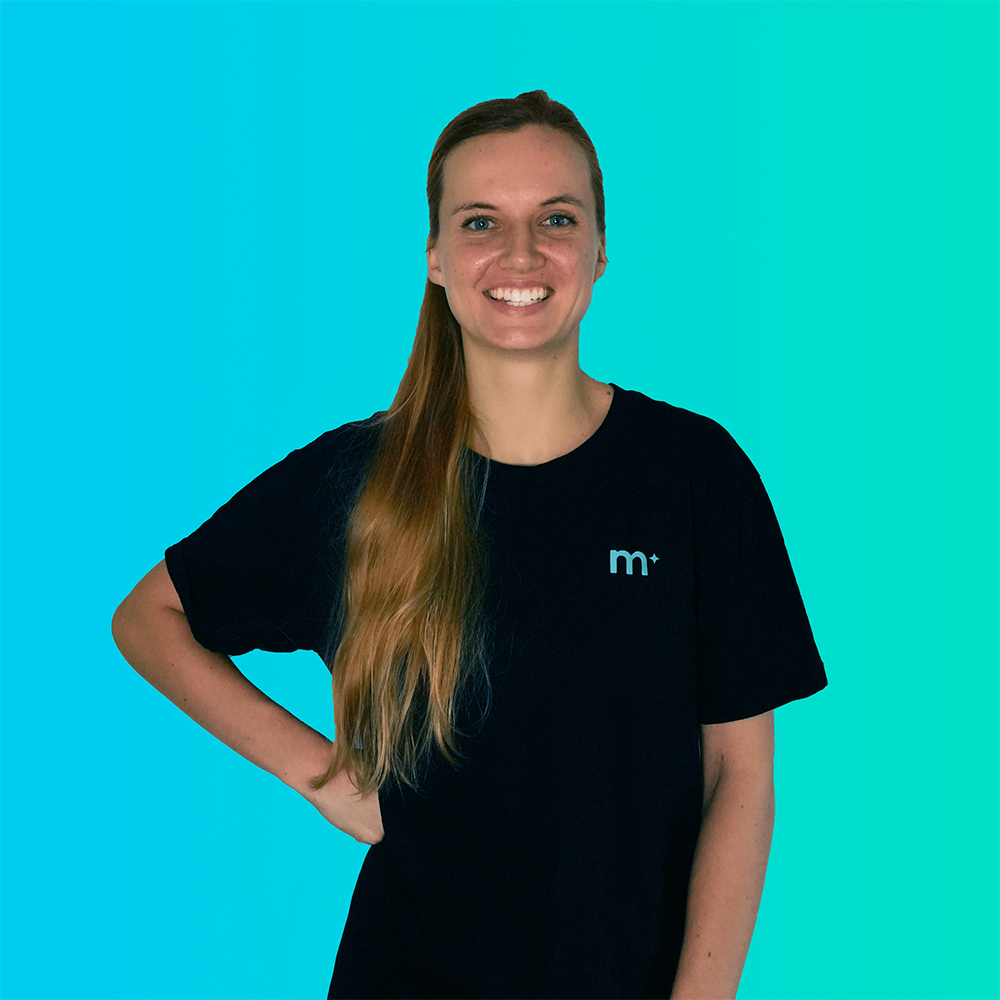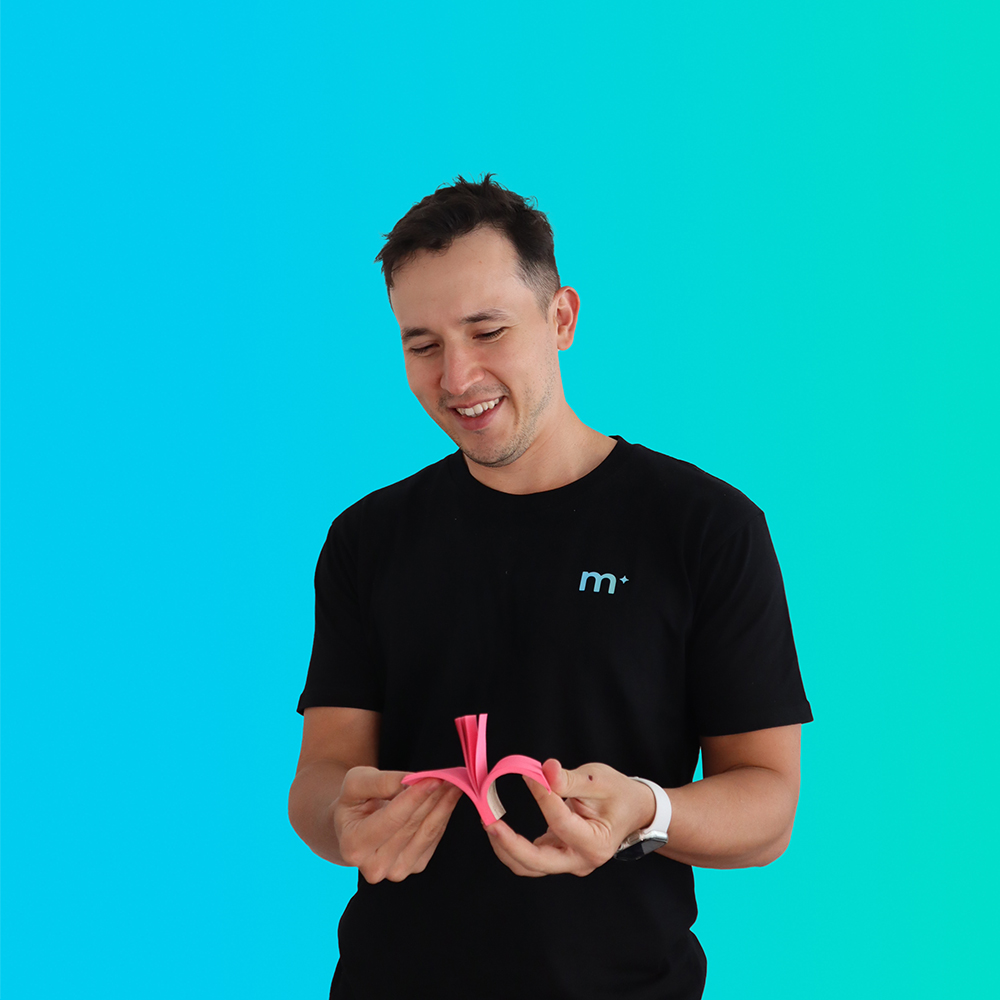The growing need for NDIS service providers in Australia
The National Disability Insurance Scheme (NDIS) is a government-funded program that provides critical support to Australians with disabilities. With a growing demand for qualified NDIS providers, your business has a great opportunity to grow if you know how to get NDIS clients, especially if it comes with a solid digital marketing strategy.
Let’s discuss effective strategies to win more NDIS businesses: explore marketing tactics to build a strong brand identity and effectively connect with more potential clients.
What are the benefits of being NDIS registered?
The requirements needed to register as an NDIS provider can be exhaustive. However, it offers a lot of benefits, both for businesses and for the individuals they serve. Here are some of the key advantages:
Access to a wider client base: You can reach a larger group of participants, because only registered providers can serve NDIS participants with funds managed by the National Disability Insurance Agency (NDIA).
A recent NDIS report indicated that over 70% of participants have their funding managed by the NDIA, highlighting the vast potential client pool accessible through registration.
Funding certainty: Registration allows you to claim directly from the NDIA, ensuring timely payments and financial security. This can help in planning and resource allocation.
Let’s say you provide physiotherapy services.
NDIS registration streamlines the process of receiving reimbursements for your services, allowing you to focus on delivering quality care to your clients and invest in staff training with a predictable cash flow.
Credibility and trust: Being a registered provider can enhance your reputation. Registration involves meeting stringent government standards, which can give clients confidence in the quality and reliability of your services.
Choosing a registered NDIS provider assures clients that you have undergone a rigorous assessment process and adhere to established quality benchmarks.
Support and resources: Registered providers receive support from the NDIS, including training and updates on best practices and policies. This helps maintain high standards of care and service.
Market expansion: Registration opens up opportunities to operate across different regions. This can be particularly beneficial for businesses looking to expand their geographic footprint.
NDIS registration allows you to expand your services in regional areas or other states, maximising your reach and impact.
NDIS Registration Process and Criteria
The importance of being a registered NDIS provider and the benefits it offers for attracting clients and growing your business is just the first part of how to get NDIS clients. However, you have to get into the registration process itself.
You can start the registration process here.
NDIS registration criteria
There are several key criteria you need to meet to become a registered NDIS provider. These criteria ensure that providers deliver high-quality and safe services to participants.
Some of the criteria you might need to meet include the following:
- Legal structure: Your business must have a valid Australian Business Number (ABN) and operate as a registered legal entity.
- Governance: You need to demonstrate sound governance practices, including having a clear management structure and policies in place.
- Financial viability: The NDIS Commission will assess your financial stability to ensure you can meet your obligations to participants.
- Qualifications: Staff delivering NDIS services must possess the necessary qualifications and experience relevant to the specific supports they provide.
- Commitment to quality: You need to demonstrate a commitment to the NDIS Practice Standards, which set the national benchmarks for quality and safety in disability support.
NDIS application processing time
The processing timeframe for NDIS provider registration can vary depending on the complexity of your application and the workload of the NDIS Commission.
Go to the NDIS applications portal to begin your application. You have 60 days to complete the process and submit the requirements, or else the NDIS will delete your application.
Once your application has been submitted, it could take an average of 6 to 18 months to get your approval as a registered NDIS provider.
Cost of becoming an NDIS provider
There are no direct fees associated with the NDIS application process and submission. However, there may be indirect costs involved, such as:
Application preparation: Costs may arise if you seek professional assistance with completing the application process.
- Accountant or lawyer fees: Consulting with an accountant or lawyer to ensure your business structure, financial records, and policies meet NDIS requirements can incur costs. This could range from a few hundred dollars for a basic consultation to ongoing fees depending on the complexity of your situation.
- Application assistance services: There are companies offering services to guide you through the application process. These services can be helpful, especially for first-time applicants, but come with a price tag. Costs can vary depending on the level of support offered, potentially ranging from $500 to $2,000 or more.
Meeting NDIS requirements: Depending on your existing systems and processes, there could be costs associated with implementing changes to comply with NDIS standards.
- Audits: Depending on the type of services you offer, you may need to undergo a verification or certification audit. Verification audits for lower-risk services can cost $900 to $1,500, while certification audits for higher-risk services can be $3,000 to $5,000 or more.
- Policy and procedure development: You may need to develop or update policies and procedures to comply with the NDIS Practice Standards. Consulting with an expert or utilising online resources can involve costs, although the exact amount will vary.
- Staff training: Ensuring your staff is trained on the NDIS Practice Standards and relevant disability support best practices can incur costs. This could involve online courses, workshops, or in-house training sessions.
How to Get NDIS Clients with Effective Marketing Strategies
Now that you’re equipped with knowledge about the registration process, let’s explore strategies to effectively market your NDIS services and stand out from the crowd.
Display the NDIS Quality and Safeguards Commission (NDIS Commission) logo. Having the NDIS logo prominently displayed on your website, marketing materials, and physical location signifies you’re a registered provider, fostering trust and credibility with potential clients.
Leverage digital marketing through Search Engine Optimisation (SEO). The NDIS landscape is still evolving, and many providers haven’t fully embraced SEO. This presents a significant opportunity for you to gain visibility in search engine results.
By strategically optimising your website content with relevant keywords related to your NDIS services, you can increase your organic reach and attract clients in the area.
Develop a user-friendly website: Ensure your website is easy to navigate and provides clear information about your services, experience, and qualifications for NDIS support. Make sure your website is accessible for users with vision impairments, even more so if you specialise in optometry or ophthalmology. Include features like screen reader compatibility, clear descriptive text, and good colour contrast.
Build a strong online presence: Utilise social media platforms to connect with potential clients, share informative content, and build brand awareness.
Develop partnerships: Collaborate with other NDIS providers, community organisations, and disability advocacy groups to expand your reach.
Get positive client reviews: Encourage satisfied clients to leave positive reviews online, which can significantly influence the decision-making process for prospective clients.
By implementing these strategies, you can create a comprehensive marketing plan that attracts NDIS clients and positions your business for sustainable growth within the NDIS market.
Promoting NDIS services
There are several ways NDIS participants connect with potential service providers:
Use the NDIS “Find a Provider” tool. This online tool allows participants to search for registered providers in their area based on their specific needs and location. Ensure you are registered with this tool to increase your searchability.
Work with Local Area Coordinators (LACs). LACs play a vital role in connecting participants with providers. Building relationships with LACs can be a valuable source of referrals. Consider attending workshops or events hosted by the NDIS to connect with LACs in your area.
Leverage word-of-mouth recommendations from friends, family, and other NDIS participants are highly influential. Implementing a client advocacy program can capitalise on this powerful source of client acquisition.
Offer incentives for both the referrer and the new client to encourage participation in your program. This builds a community feeling and leverages word-of-mouth, which is highly effective in close-knit communities like those often formed by NDIS participants and their families.
By creating a program that rewards referrals, you’ll show appreciation to your existing clients and encourage them to become advocates for your business.
Do your research. Participants research for potential providers online through websites, social media reviews, and online directories. A strong online presence (SEO and Google My Business) and positive client reviews can impact your visibility and attract new clients.
Winning more NDIS clients in Australia
By implementing the strategies outlined in this guide, you can effectively attract more NDIS clients and position your business for long-term success.
Success in the NDIS market goes beyond attracting clients passively, hoping they just walk in the door. It requires a balanced combination of marketing strategies both digital and traditional. That is why It’s crucial to consistently invest in your online presence, deliver high-quality services, and build strong, trusting relationships with your clients.
NDIS participants rely on your support to achieve their goals and live fulfilling lives. By prioritising quality care and fostering meaningful connections, you’ll not only retain existing clients but also establish a positive reputation that attracts new ones.
For further information on the NDIS program and becoming a registered provider, visit the NDIS Commission website.
Do you have questions about attracting NDIS clients or NDIS services in general? Contact us today to learn more.



